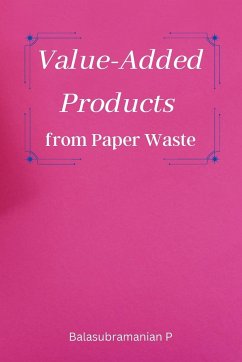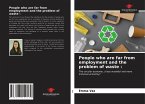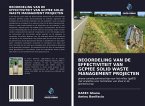The paper and pulp industry is one of the largest producers of waste worldwide, with millions of tons of waste generated every year. This waste not only poses a significant environmental challenge, but it also represents a lost opportunity to generate value from what could be considered a valuable resource. However, recent studies have shown that it is possible to develop value-added products from paper waste, which can not only help reduce the environmental impact of the paper and pulp industry but also generate significant economic benefits. One of the most promising areas for developing value-added products from paper waste is in the production of biofuels. The high cellulose content of paper waste makes it an ideal feedstock for the production of biofuels such as ethanol, which can be used as a transportation fuel. A number of companies have already begun to explore the potential of using paper waste as a feedstock for biofuel production, with some achieving significant success. Another area where paper waste can be used to generate value is in the production of compost and other soil amendments. The organic matter content of paper waste makes it an ideal candidate for use as a soil amendment, as it can help improve soil fertility and structure, as well as enhance water retention. A number of companies have already begun to develop compost and other soil amendments using paper waste, with some achieving significant success in this area. In addition to biofuels and soil amendments, paper waste can also be used to produce a range of other value-added products, including chemicals, plastics, and textiles. The high cellulose content of paper waste makes it an ideal candidate for use in the production of a range of chemicals, including acetic acid, butanol, and lactic acid. Similarly, the high fiber content of paper waste makes it an ideal candidate for use in the production of bioplastics, which can be used in a range of applications, including packaging and consumer goods. Finally, the high-quality fibers found in paper waste can also be used to produce a range of textiles, including clothing and upholstery. The development of value-added products from paper waste represents a significant opportunity for the paper and pulp industry, as well as for the environment and society as a whole. By turning waste into valuable products, the industry can reduce its environmental impact, while also generating significant economic benefits. In addition, the use of paper waste to produce biofuels and other value-added products can help reduce the dependence on fossil fuels, contributing to a more sustainable future. In conclusion, the development of value-added products from paper waste is a promising area that deserves further attention and investment. With the right technology and infrastructure in place, the paper and pulp industry can transform its waste into a valuable resource, generating economic benefits while also reducing its environmental impact. Furthermore, the development of these products can help contribute to a more sustainable future, where waste is no longer seen as a problem but rather as an opportunity.








